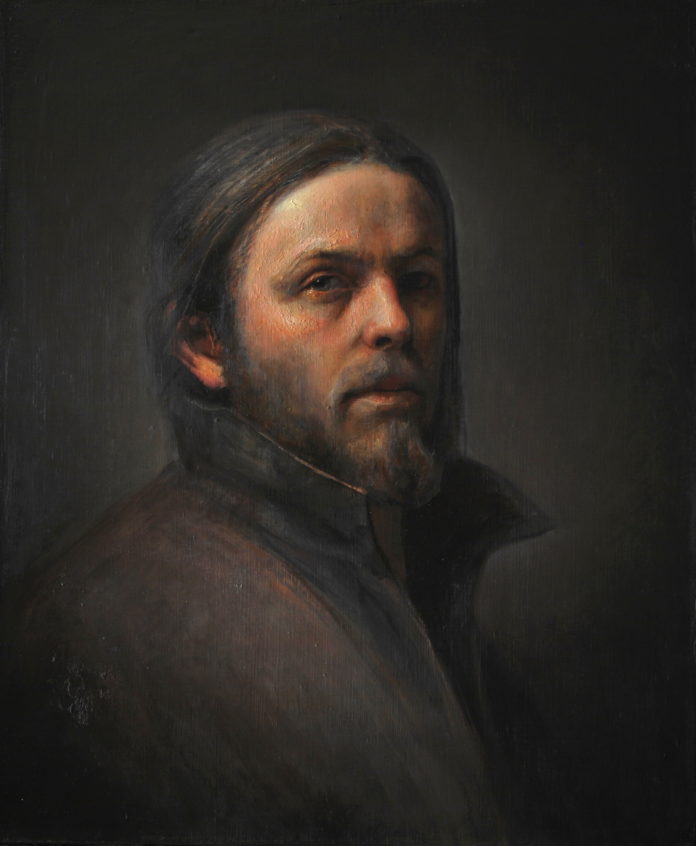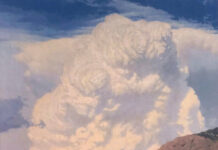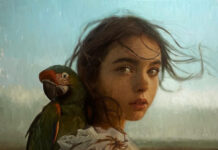The confusion around the word “kitsch” is common because its usage has been largely isolated to low-skilled productions, but it doesn’t have to be associated with something negative. Luke Hillestad explains.
High Kitsch?
BY LUKE HILLESTAD
Your favorite paintings may very well be kitsch. Do you tend to avoid Modern Art museums in favor of paintings with an emotive or narrative bent? Perhaps you have felt that Modern Art is one great big joke you aren’t in on or that everyone who makes it must be talentless or a crook.
Are you a fan of Millais, Renoir, Andrew Wyeth, Vermeer, Rembrandt, or Leonardo? Theorists and philosophers have called each one a painter of kitsch. How can this be true when most people associate the word with mass-production, gaudiness, bad taste, or saccharine fantasy?
The confusion around the word “kitsch” is common because its usage has been largely isolated to low-skilled productions. You may think of a postcard of a boy with a dog, or a small sculpture of a couple kissing, or perhaps an endearing advertisement showing a mother and child. These images share the key characteristic of sentimentality, yet they may vary in quality and style. Kitsch does not have to be associated with something negative. There can also be kitsch masterpieces.
I argue Kitsch is the correct name for classical figuration in our time. Still, before understanding the idea behind this, one must look to its antithesis, Art, which came to life in the eighteenth century, just a little more than a hundred years before kitsch (1). So the history of Art is only 250 years old?
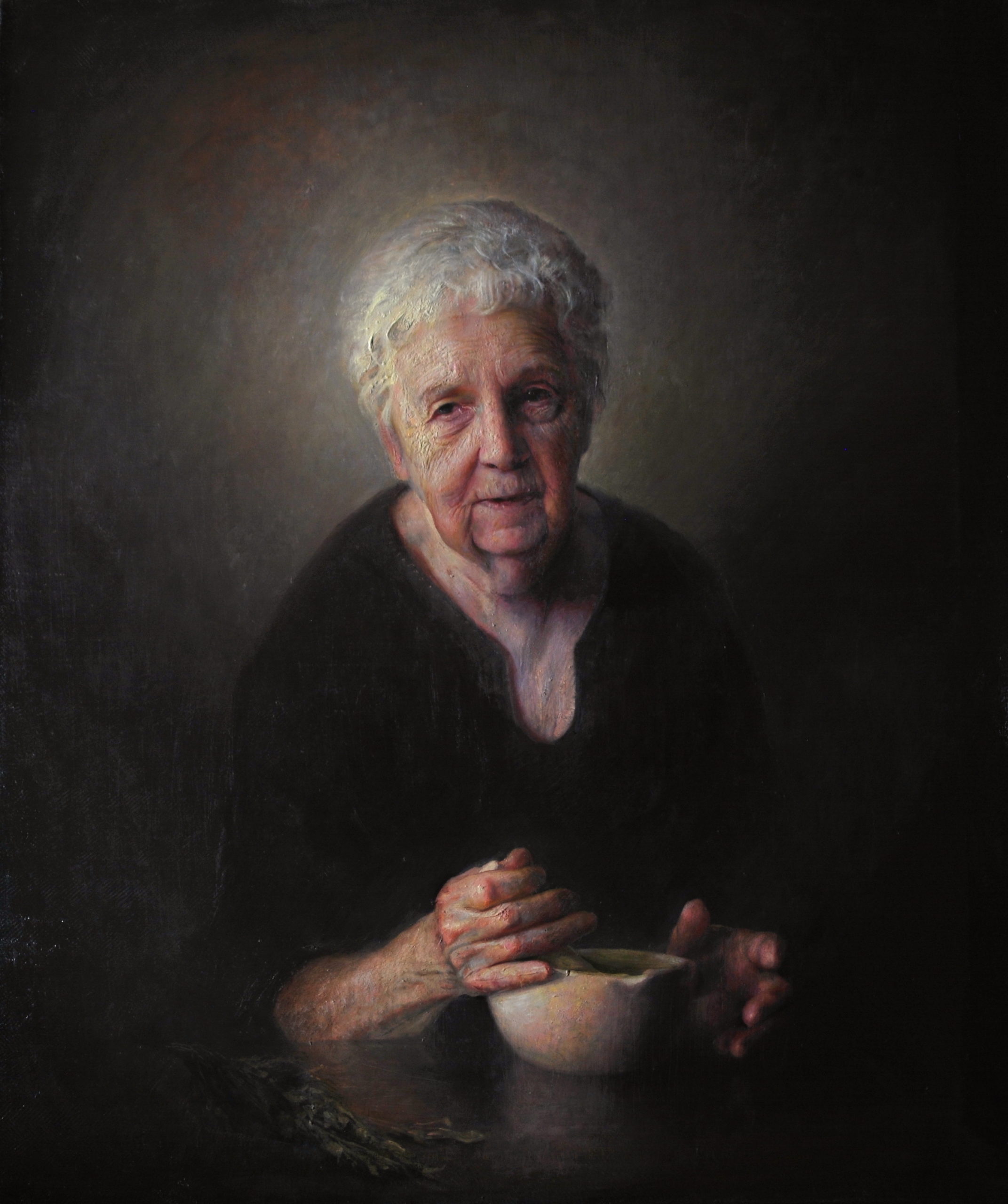
Let’s look at the origin of the term Art, meaning aesthetic expression. A key moment was the year 1746, when Charles Batteux arguably invented the modern distinction of Art and Science. This coincided with a new grouping of skills now known as fine arts (painting, sculpture, music, architecture and poetry) (2). Also, it was not until the early nineteenth century that the first Fine Art Academy was established. These developments revolutionized the now common understanding of Art.
Renaissance painters had no relationship to the aesthetic terms “Art” and “artist.” Rembrandt, for example, was simply called a master of depiction (schildermeister). The Renaissance, or antiquity for that matter, did not have expressions such as “a work of art.” Back then there was the science (ars or “skill”) of painting, but the autonomous label of Art did not exist, as the pre-modern understanding saw skill as a means to an end in opposition to the concept of Art as an end in itself.
It is common now for people to reference “deskilling” within the Art system. This is an outcome of the increased focus on liberating the artisan to the exclusion of technique, which led to the divorce of craft from aesthetic expression. In 1790, Immanuel Kant added to Batteux’s “liberalization” by providing his third critique, Critique of Judgment. Although many of the ideas provided in this publication were already fashionable in high society, Kant’s book would prove to be the ultimate change in course for aesthetics. Understanding the reasoning of key eighteenth-century philosophers of the newly branded “Art” is paramount in explaining why modern art museums exhibit what they do and why theatrical figurative painters seem to have no place in their rooms.
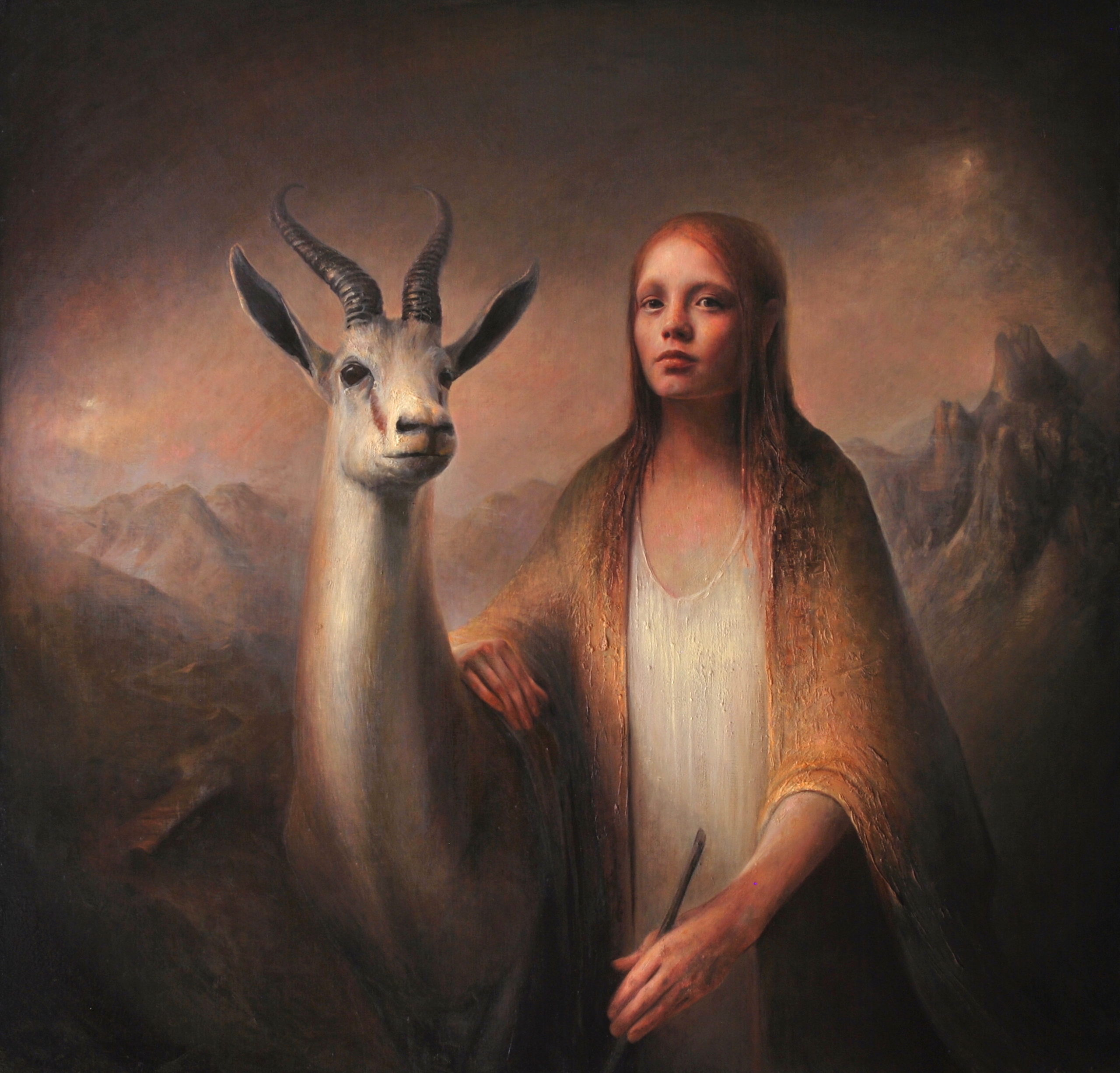
The Founders of Art: Kant, Hegel and the German Idealism
Art as an aesthetic expression, then, has its roots in the eighteenth century. Why does this matter? Art is not just a new word for any kind of craftsmanship. Its philosophy is more rooted, and springs out of the romantic period in Germany.
Who instructed Picasso to say that it had taken him a lifetime to “paint like a child?” And what inspired the high-chroma color palette of Cézanne, or the metaphysical triumph of Duchamp? To understand this, we need to look at the thoughts of men whose ideas have long ago been indoctrinated into everyday language in the form of meaningless clichés.
Immanuel Kant is preeminent here. If you ever heard the old saying, I have to find my own style, or When I work, I don’t know what I’m doing, or perhaps: I always try to renew myself, then you have witnessed Kantianism in practice. Kant introduced ideas like originality, disinterestedness and genius (3). To a large degree he borrowed his thoughts from Plato, whose philosophy of metaphysics had been partially practiced during the Middle Ages.
The next key figure is G. W. Friedrich Hegel, who established that all works of Art belong to, or reflect, the spirit of the current time (4). However, in the modern age, the body is no longer capable of expressing the “spirit,” so the sensual was to be separate from Art. His disregard of bodily expression goes hand in hand with a similar disregard of craft. What is past must not be repeated, as this would be a “betrayal” of progress.
Through the ideas of these two thinkers, the painter was no longer to be an artisan, as craft was labeled “mechanic” and inferior. Further, the effect of Kant ́s propagation of disinterestedness had a strong effect on the Old Master ideal of storytelling, which necessarily requires drama, intensity and sentimentality. Storytelling is an essential part of Old Master, or “Greco-Roman” mentality. The nineteenth and twentieth centuries witnessed a gradual establishing of these ideas. It is not far-fetched to portray realism and naturalism as the first Art styles, with their sober mimicking of everyday life.
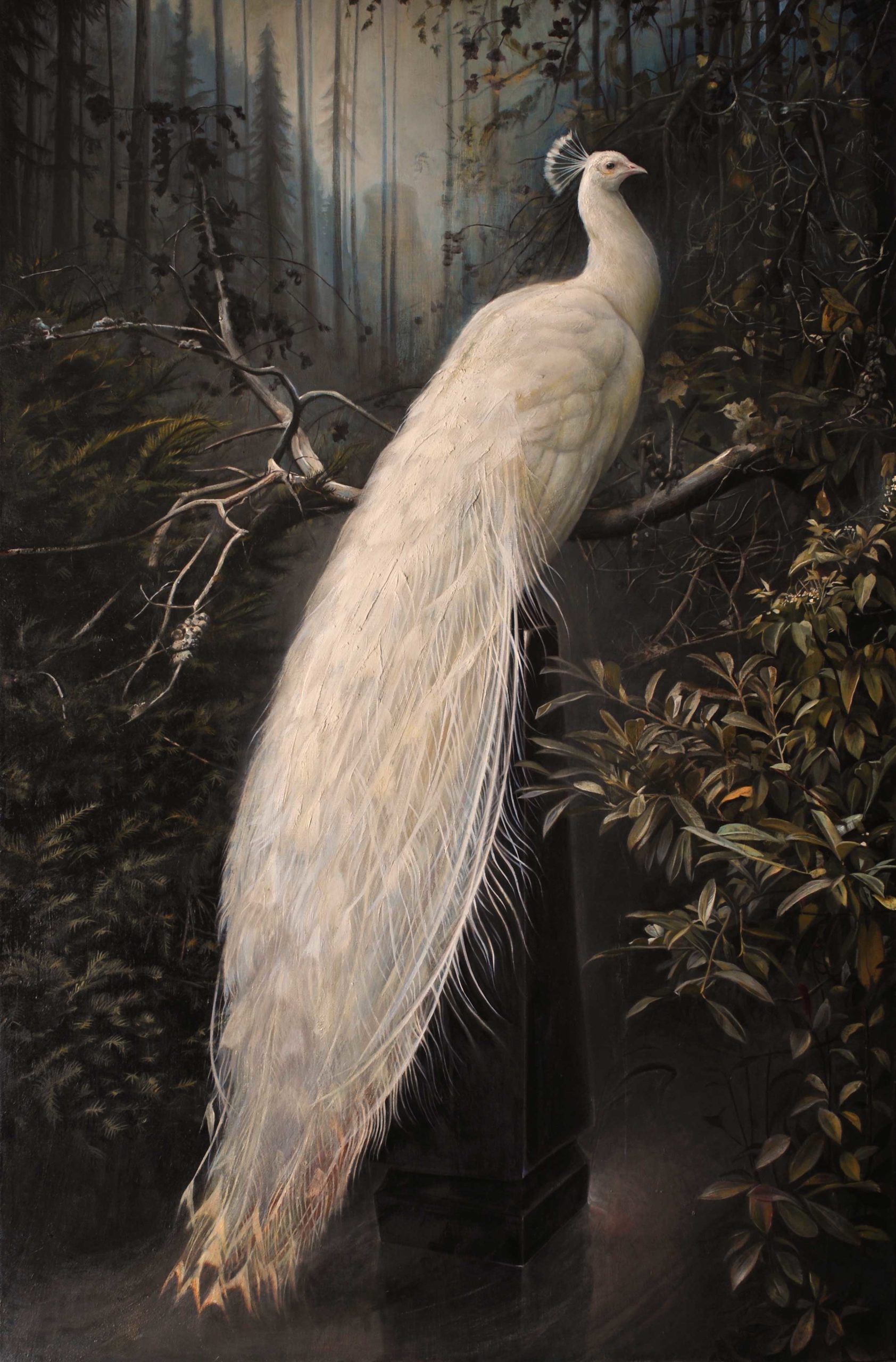
The Birth of Kitsch
There are different variants as to why, how and where the term “kitsch” originated, but it is said to have come into being in the 1880s, in Munich ateliers (5). Its function was to brand sentimental or dramatic storytelling, and anything considered of non-modern taste.
Here is a brief summary of the shift from Greco-Roman to Art mentality within crafts:
• Pathos was replaced by disinterestedness; the former was labeled exaggeration, and identified with kitsch.
• Learning from past masters was replaced by originality in Art; the former was labeled as copying, and identified with kitsch.
• Archetypes were replaced by the call to follow the times in Art; the former were labeled as old–fashioned, and identified with kitsch.
These Greco-Roman ideals, which are also the ideals of Aristotle, were thus devalued by recognizing them as kitsch. A similar method was used by the Christians almost 2,000 years ago when they identified pagans with The Devil. It was through kitsch that the modernists could belittle anything made in the classical figurative style.
Academic kitsch critique surfaced in the 1920s and 30s, and architecture or music of unavoidable grandeur was disgraced by it. The work of Tchaikovsky was “kitsch of genius” according to the writer Hermann Broch. The late American painter, Andrew Wyeth, was also subject to kitsch synonyms. His paintings have been labeled “sentimental magazine illustrations.” He has also been accused of romanticizing the American rural life and for being “caught in Old Master trappings.”
The label was even applied to Old Masters. For instance, literary critic Matei Călinescu said that an original Rembrandt could be considered kitsch (6). Certainly if Rembrandt had lived and worked in the twenty-first century, his work would be designated this way. Actually, this would be the case for any classical figurative and sentimental painter prior to the polarization between Art and Kitsch. This explains why Andrew Wyeth was nicknamed the “greatest living kitsch-meister” by a former painting curator at the MoMA (7). If painters of such caliber as Rembrandt and Wyeth are to be included, then certainly we must have a category of “High Kitsch.”
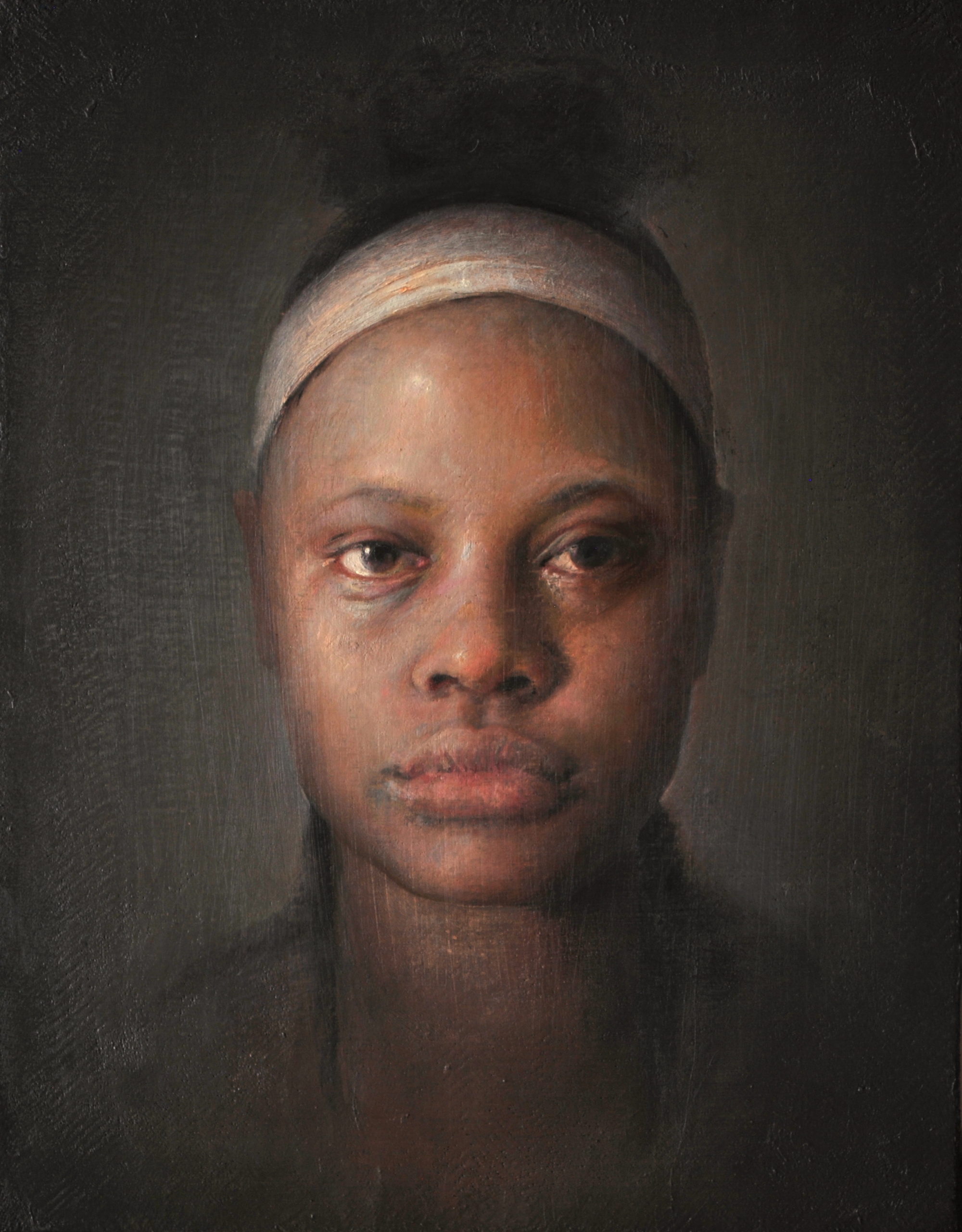
A maker of kitsch does not operate in accordance with the whims of the times, but looks to cultures and canonized beauties of the past. Like a Renaissance painter or a Hellenistic sculptor, she works in a mythological landscape and strives to develop archetypical figures and images. Time is incidental, and no excuse. Comparing human creations across time is the only way to understand quality. If one sees these values as positive, then Kitsch need not carry its old negative connotation. The neutral definition of kitsch could then be put this way: sentimental, imitative, earnest, crafted expression.
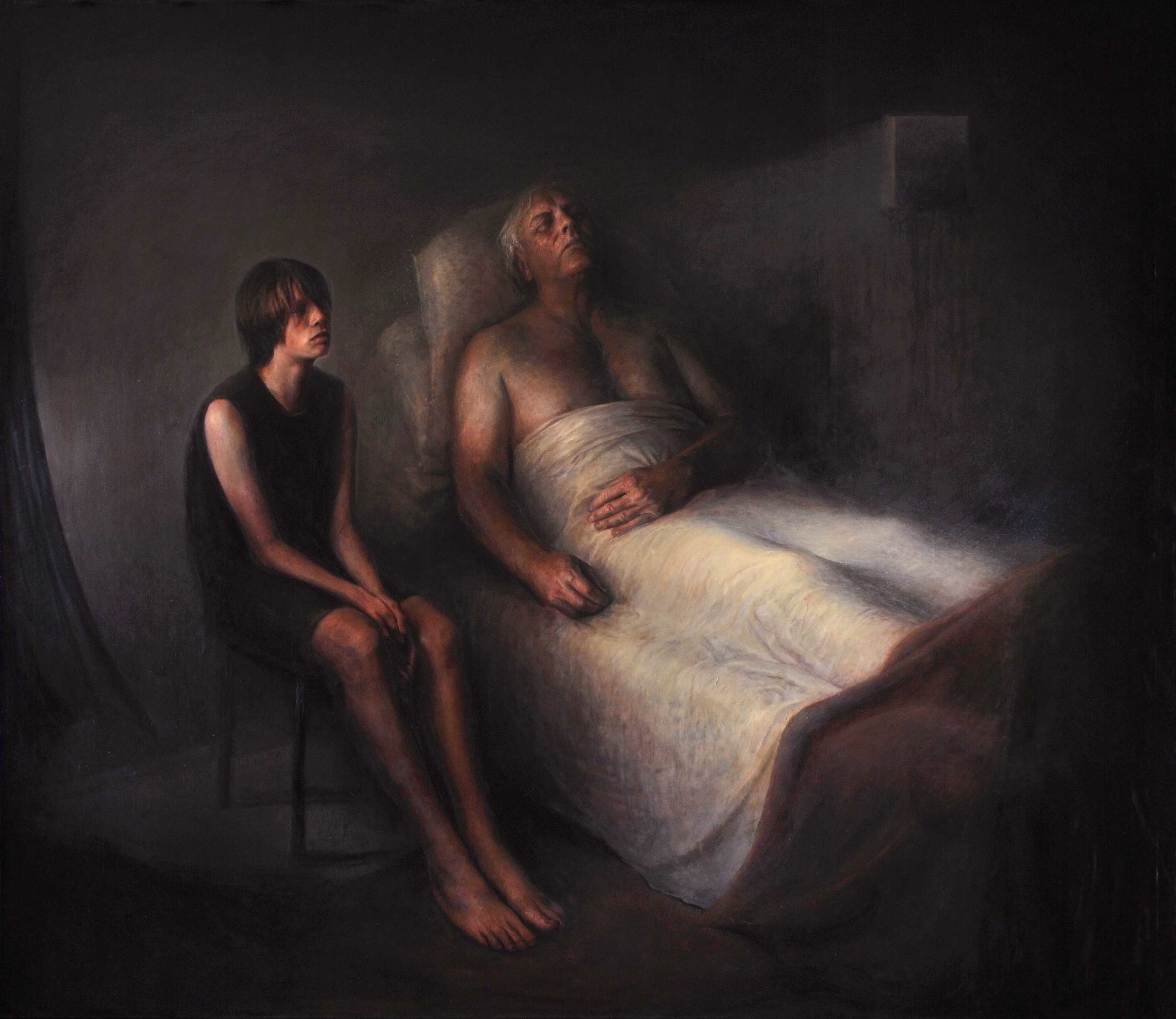
Sociologist Elias Norbert rightly predicted in 1935 that the inevitability of kitsch could lead to its “reevaluation” as a “positive concept” (8). Discovering quality in characteristics that others have previously sought to denigrate can be a difficult, yet freeing experience. Now, if your favorite paintings are imbued with pathos or sentiment, if they are unabashedly dramatic or “old-fashioned,” and if they are made with extreme talent, then yes, it is right to call them “High-Kitsch.”
Odd Nerdrum and Kitsch
During the mid-1990s, Odd Nerdrum read Hermann Broch ́s essay on kitsch, which describes the kitsch producer as someone solely concerned with effect, negligent of his own times and concerned with learning from past masters (9). To Nerdrum, the identification was immediate, as he has always identified with these values. He recognized the same criticism he himself had experienced throughout his career—even from positive critics: concern with past masters and sentimental, pathos-filled images. In 1998, Odd Nerdrum announced his reevaluation of kitsch as a positive concept and later wrote the book On Kitsch in cooperation with Jan-Ove Tuv and others.
Since then, a global community of self-identified “Kitschpainters” have emerged and coalesced at worldwidekitsch.com and https://www.facebook.com/worldwidekitsch/
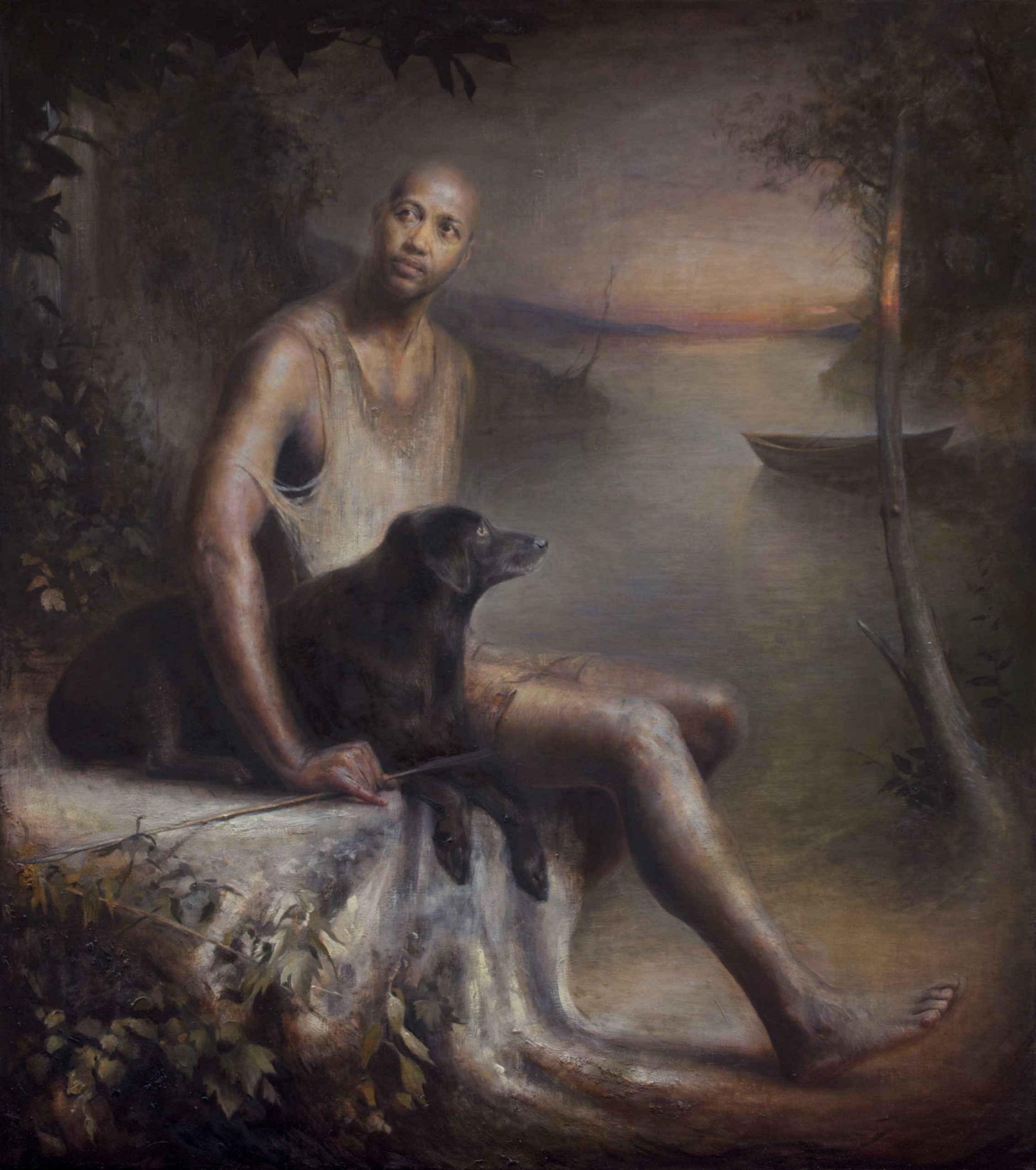
References cited:
(1) Larry Shiner, The Invention of Art (2001) – (2) Charles Batteux, The Fine Arts Reduced to a Single Principle (1946) – (3) Immanuel Kant, The Critique of Judgment (1790) – (4) G.W. Friedrich Hegel, Introduction to Aesthetics (1835) – (5) Reimann, Hans (1936). “Das Buch vom Kitsch”. Piper Verlag, München – Odd Nerdrum et al., On Kitsch (2000) – (6) Matei Călinescu, Five Faces of Modernity, 1987, pg 236 – (7) USA Today. Maria Puente, American painter Andrew Wyeth dies at 91 in Pa. – (8) Elias Norbert, The kitsch style and the age of kitsch in Early Works (1935) – (9) Hermann Broch, The Evil in the Value System of Art (1933)
Connect with Luke Hillestad at lukehillestad.com.
- Visit PaintTube.tv to learn how to paint portraits and figures in the style of contemporary realism, and much more.
- Join us for the next annual Realism Live virtual art conference and study with the world’s best realism artists.
- Become a Realism Today Ambassador for the chance to see your work featured in our newsletter, on our social media, and on this site.


